Five Things I learned When Visiting Seiko in Japan

To most of us Switzerland is the centre of the world, when it comes to watches. The “Swiss Made” sub-title seems to be the best way for brands to make their watches more appealing, however that’s certainly debatable these days. Still, Switzerland is known for precision, fine mechanics and cleanness. Germany is also known for precision, cleanness and fine mechanics, and they also manufacture some very nice watches! Together with the Swiss, the Germans serve to an ever growing clientele who are interested in mechanical wrist watches. And that’s when you realise that there’s another country, on the other side of our globe, that is known for exactly the same qualifications: cleanness, precision and fine mechanics. I’m talking about Japan. Already in 1881 Kintaro Hattori started making watches, and today the company is led by his great grandson Shinji Hattori. Now that’s a proper family business! Recently I had the distinct pleasure of visiting several Seiko manufactures in Japan, and I remained awestruck. Later more about this trip, however we’re going to start with five things I learned about Seiko.
While Japan, at least for western people, seems to be a different planet, it also shares certain basic qualifications with the land that we can easily call the land of watchmaking, Switzerland. As already mentioned, cleanness, precision, fine mechanics are certainly very “Swiss”, but not exclusively Swiss. The Japanese are certainly entitled to exactly those qualifications, however the Japanese watchmaking industry seems to be quite differentseiko from their Swiss peers. Here why…
1. Engineering approach vs watchmaking approach
2. Mixing high-end mechanics with high-end quartz
3. Superb dedication to get every detail right
4. They kept a lot of goodies to themselves for a long time
5. They innovate!
First a few steps back in time…
When I was a young boy (for the cynics, that was some time between the dark ages and the French revolution) Seiko was BIG in my country, and every Joe Average knew about the Seiko Kinetic watches. In the Netherlands (that’s where I grew up, and now live and work) we had not heard about “luxury” watches (besides a very, very small number of people). Sure, we knew about Swiss watches, however those were the brands that went downhill in the 1970’s. Until than Swiss watches were not so much seen as luxury products, however as precision tools, purpose build watches, and since we didn’t carry a mobile phone, a watch on the wrist was the best way to be on time (feeling older with every word I type).
Who doesn’t remember these two Seiko Kinetic watches from the late 1980’s and early 1990’s
It was actually in the mid eighties when Nicolas Hayek (and let’s not forget JC Biver) started promoting Swiss watches as a luxury product, and it took ‘em more than a decade before that message started to have a bit of effect in the Netherlands. Since the public was used to affordable precision watches (let’s blame the Swiss marketeers who already did a good job before the quartz crisis), the affordable Japanese quartz watches were A) cheaper and B) more precise. Oh and not to forget, less prone to problems. Oh… and they were outright cool, because it was new technology. So altogether, why would you ever need a mechanical watch? No, that was “passé” and we all embraced (often digital) quartz watches. No need for those unreliable, not so precise, mechanical timepieces. Hail to the new king. However Hayek, Biver and the likes thought otherwise and managed to turn those old-fashioned mechanical watches into luxury watches. The word luxury is actually as meaningless as anything, however it seemed effective and people started buying mechanical watches again. Now as a luxury item, as jewelry, as an adornment.
This is what the 1980’s looked like…
So when we, in the western world, had accepted and embraced the idea of luxury watches, the Swiss marketeers (them again) told us that Swiss Made was the label to look for. And since Japanese watch brands only exported affordable quartz watches, we had no idea of what they were able to do, and what they had been producing for many years. Japanese brands actually manufactured very interesting watches, and especially Seiko with sub brands like Grand Seiko, King Seiko and Lord Marvel.
1967 Seiko Lord Marvel 36000
I won’t make a comprehensive list of their achievements, however you should know that Seiko created (one of) the first mechanical chronographs and it was is a really good movement, highly innovative, and well constructed. Seiko was one of the first to introduce hi-beat movements (these are movement that run at 36,000 vibrations per hour frequency), and they still do so. Seiko’s line of professional watches – the Prospex line – are highly regarded as A) very good and B) great value for money.
Online-savvy collectors around the world already knew about this and there’s a lively trade in vintage Seiko watches. The admiration for Seiko as a brand, for their modern watches and certainly also those from the past, is mainly a thing for watch geeks who seek their information online. Now on to the five things that caught my attention when traveling in the land of the rising sun, Japan, to visit some of their manufactures.
Engineering approach vs. watchmaking approach
I think it’s safe to say that, as a watch journalist, I’ve seen quite a few Swiss watch manufactures from the inside. When, on a sunny Monday morning, we were driven to the first location of the five-day trip, I was not surprised that the car stopped next to a normal office building. No sight of green meadows with cows, just highways, and many more office buildings. Since this was the first stop, and the first meeting, I didn’t expect anything out of the ordinary. However half-way that morning’s presentation we were told that we were going to see one of Seiko’s master-engravers working at the bench. First thought: cool, interested! So I checked the schedule and did not see any “field trip” to a nearby atelier. OK… that’s kind of strange. Well, not in Japan I found out. Seiko’s master-engravers, who are responsible for the most amazing creations, worked in the very same office building as many of their white collar colleagues.
The engravings shown are absolutely breathtaking
This on itself might not sound drastically different, however it was a first sign that things are different. Different from the traditional Swiss (and German) watch industry. Later that week I visited the atelier where Grand Seiko is being finished and assembled and that was in the very same building (let’s simply call it a “plant”) where the most enormous production lines for quartz movements are. Different. You would not find that in Switzerland. However different does not mean bad, not at all.
At the above facility you can also find the Micro Artists Studio
During presentations of the various movements, and solutions for problems Seiko wanted to solve, I noted that their approach is just different. It’s focused on solving the problem, on finding the best solution. Sure, that is also the focus in Switzerland when working on a new movement, however the approach at Seiko is more “out of the box”. Out of that centuries of watchmaking history box? It feels as if the folks at Seiko have less constraints in the way of thinking, less “classic watchmaker” thinking, but more an engineering way of thinking. It’s not an issue that a highly skilled watchmaker’s atelier is next door to a massive, massive production line for quartz movements. Yet in Switzerland you would not never see this. The highly skilled watchmaker has an atelier, and it serves the purpose, no matter where it’s located.
In Switzerland they’ve been looking for ways to make mechanical watches more precise. In Japan, at Seiko, they come up with the Spring Drive! That’s out of the box thinking. That’s an engineering approach. Not necessarily a watchmaker approach. It was strange at first, however I like it.
Quartz can be high-end!
Quartz is despicable. Quartz caused the infamous quartz-crisis, during which many Swiss watch brands got in trouble, or even went bankrupt. Emotions towards “quartz” are usually pretty negative, and in the Swiss watch industry (still main supplier of high-end watches on wrists around the world) the words “quartz” and high-end (or Haute de Gamme in French) will not be mixed easily. Over the course of decades, after the quartz-crisis, we see an occasional high-end quartz watch, however that’s mostly intended for women’s wrists.
Two huge quartz crystals
Not so in Japan! Seiko became big in Europe with affordable quartz watches. Reliable, affordable, precise, robust and in-fact a no-brainer when you’re looking for the aforementioned qualifications (something most people who wear a watch look for exactly that, although the average Monochrome reader will have a few more desires). In 1986 Seiko introduced the first Kinetic prototype, and two years later this technology was officially introduced into production models. It was the world’s first watch to convert kinetic movement into electrical energy, and that electrical energy powered a quartz-regulated movement. The finishing of these Kinetic movements is just great, and holds up against very nice Swiss mechanical movements!
And when looking at Seiko, or Grand Seiko, or Credor (another brand under the Seiko Watch Corporation umbrella) quartz watches, you should know that they even have top line quartz. For these model they select the best quality quartz crystals (I have to admit that I was unaware of various levels of quality of quartz crystals). These top line quartz watches don’t look shabby next to for instance a Patek Philippe Twenty-4 (that also features a quartz movement). It seems that the restraints of old emotions surrounding “quartz”, or a public heavily influenced by marketeers, is absent in Japan. So when the choice for nice high-end watch comes up, there’s plenty choice between battery powered quartz watches, fully mechanical watches (both hand-wound and automatic) and hybrids (Kinetic and Spring Drive).
Superb dedication to get every detail right
Do you want superbly finished movements? Yes of course, we want superbly finished movements in our watches. At Seiko they heard about a certain Swiss watchmaker, who was supposed to manufacture the most beautifully hand-finished movements. So they invited Mr. Philipp Dufour and during his stay, finishing techniques were exchanged with Seiko’s master-watchmakers. When you look at the hand-finished bridges, plates, levers and other parts of some Grand Seiko and Credor models, you’ll notice that the finishing is equal if not better than many of their Swiss competitors.
Dedication to get every detail right, and when you’re not sure that your hand-finishing is superb, you invite the master to teach you the skills. The Seiko watchmakers learned well, very well, and now-a-days they manufacture watches with hand-finished movements that are just drop-dead gorgeous. The fine straight grain finishing on flat surfaces is marvelous, the beveled and polished edges are just incredible so wide, and every small part is finished with the same attention to detail. Sure, taste is subjective, however the art of hand-finishing is something the watchmakers at Seiko have mastered!
They kept a lot of goodies to themselves for a long time
During the 1970’s and 1980’s Seiko exported affordable quartz watches, and that created the image of the brand that we have. Watch collectors (nerds, geeks, aficionados, whatever the name) already knew that Seiko had so much more to offer. On Monochrome you have been able to read about the vintage (and legendary) Seiko diver watches, the Seiko Speedtimer (that could well be the world’s first fully integrated chronograph movement with automatic winding), the Seiko hi-beat movement from the 1960’s and 1970’s and one with a rather funky design. However most of these watches were not available outside Japan, and were labeled JDM which stands for Japan Domestic Market.
Get this… Grand Seiko was launched internationally in 2010. OK, before 2010 Grand Seiko had been sold in a few Asian countries and selected Seiko Boutiques, but that was it. The Prospex line, together with Grand Seiko one of the most sought-after lines outside Japan, only became available as of 2014 (and before to a few Asian countries and selected Seiko boutiques). You can imagine that this isn’t a way to build a brand, and I think it’s safe to say that Seiko kept a lot of their goodies to themselves for a long time. Mind you, Credor is still not available outside Japan!
They innovate!
People want reliable watches, and they should run very precise. The level of finishing and overall quality is certainly subjected to the amount you can spend on a wrist watch, however the first two qualifications are mandatory for every watch. So what to do? Trying to find ways to improve precision and reliability seems the way to move forward. The Swiss… well, one company managed to produce affordable mechanical movements and sold them to pretty much everyone who was interested. That was the ETA company, which is part of the Swatch Group. But that was it!
At Seiko… they came up with Kinetic, and much later they invented Spring Drive. Since both are equipped with a quartz crystal, I actually never gave them a look. My mistake! I’m still not charmed by Kinetic, however I recognize that Seiko Kinetic and how it generated the energy, was a talking topic, and many people owned one, wanted to own one, or at least knew about it. When I would compare the number of people knowing about Seiko Kinetic and compare that to people who know that the Omega Speedmaster was the first watch on the moon, than I’m positive that more people know about the Seiko Kinetic. Among the average Monochrome reader that will be different!
Seiko Spring Drive prototypes
The Spring Drive is a different story altogether. The entire movement can be compared to any other mechanical movement, except the regulating organ. Let me quote Wikipedia: “The conventional escapement is replaced with a device that Seiko calls a Tri-synchro Regulator to regulate the unwinding of the mainspring. The regulator controls the use of the three forms of energy used in the Spring Drive mechanism; the mechanical power of the mainspring, the electrical energy generated from this mechanical power, and the electromagnetic energy that governs the rotation of the glide wheel. The energy produced by the glide wheel is used to power a control circuit and quartz crystal oscillator, which in turn regulates the electro-mechanical braking of the glide wheel.”
In short, the regulator has a quartz crystal and quartz is something the most Western collector consider a no-go. However emotions about quartz crystals aside, Seiko innovated in a perfect out-of-the-box way of thinking and deliver an extremely precise and reliable watch. And 90% of the movement is comparable to a mechanical movement. That’s innovation, and after I learned more about this, I have to say that I just love the approach.
By the way, did you know that Seiko created the world’s first “smart” watch? Well, maybe not a smart watch as we see them today, however it was the world’s first watch on which you could watch television. That’s how innovative they are!


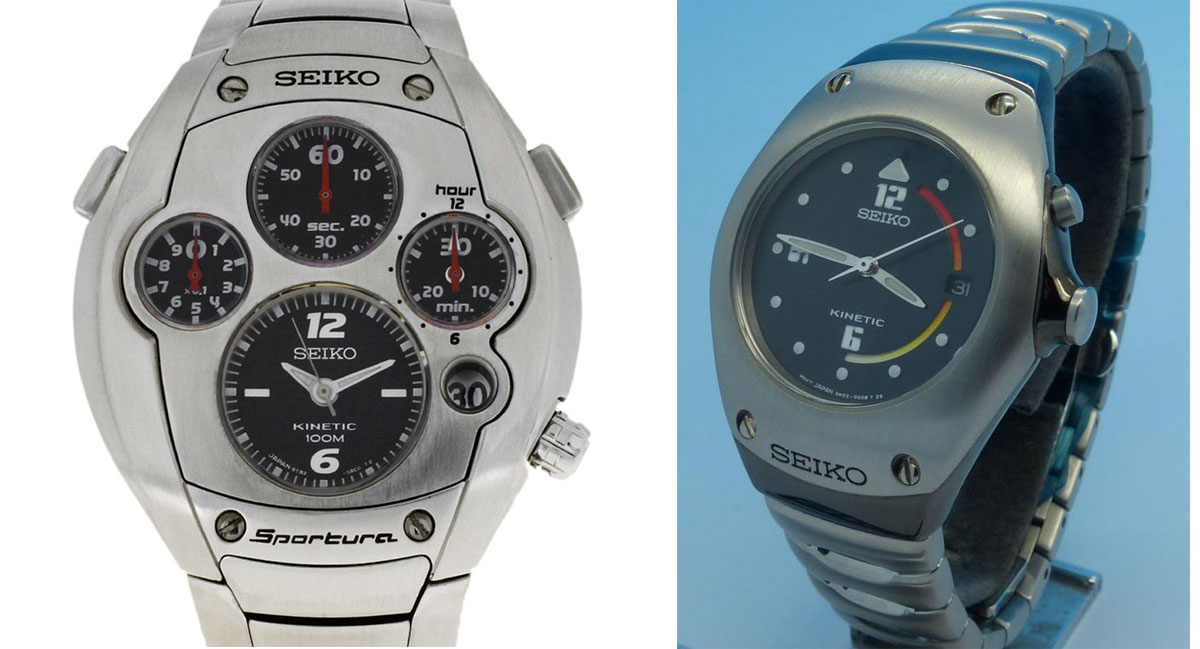

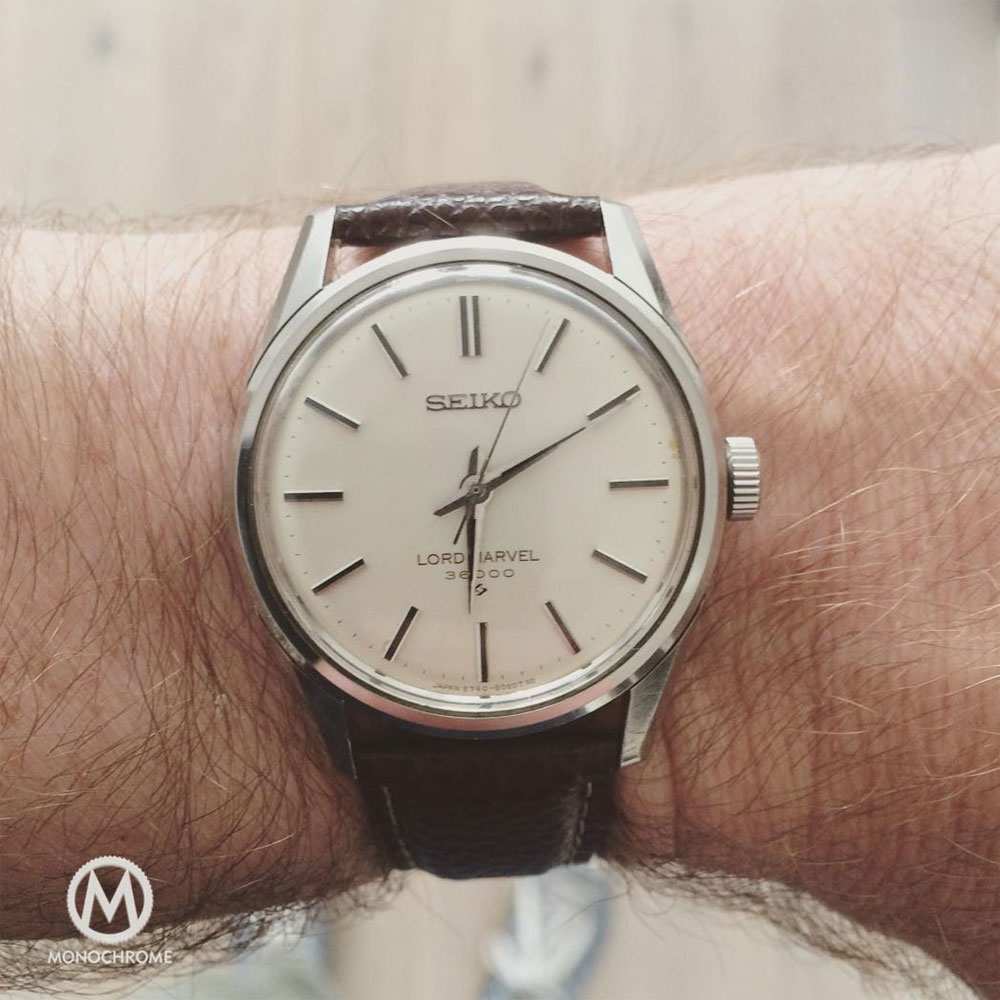
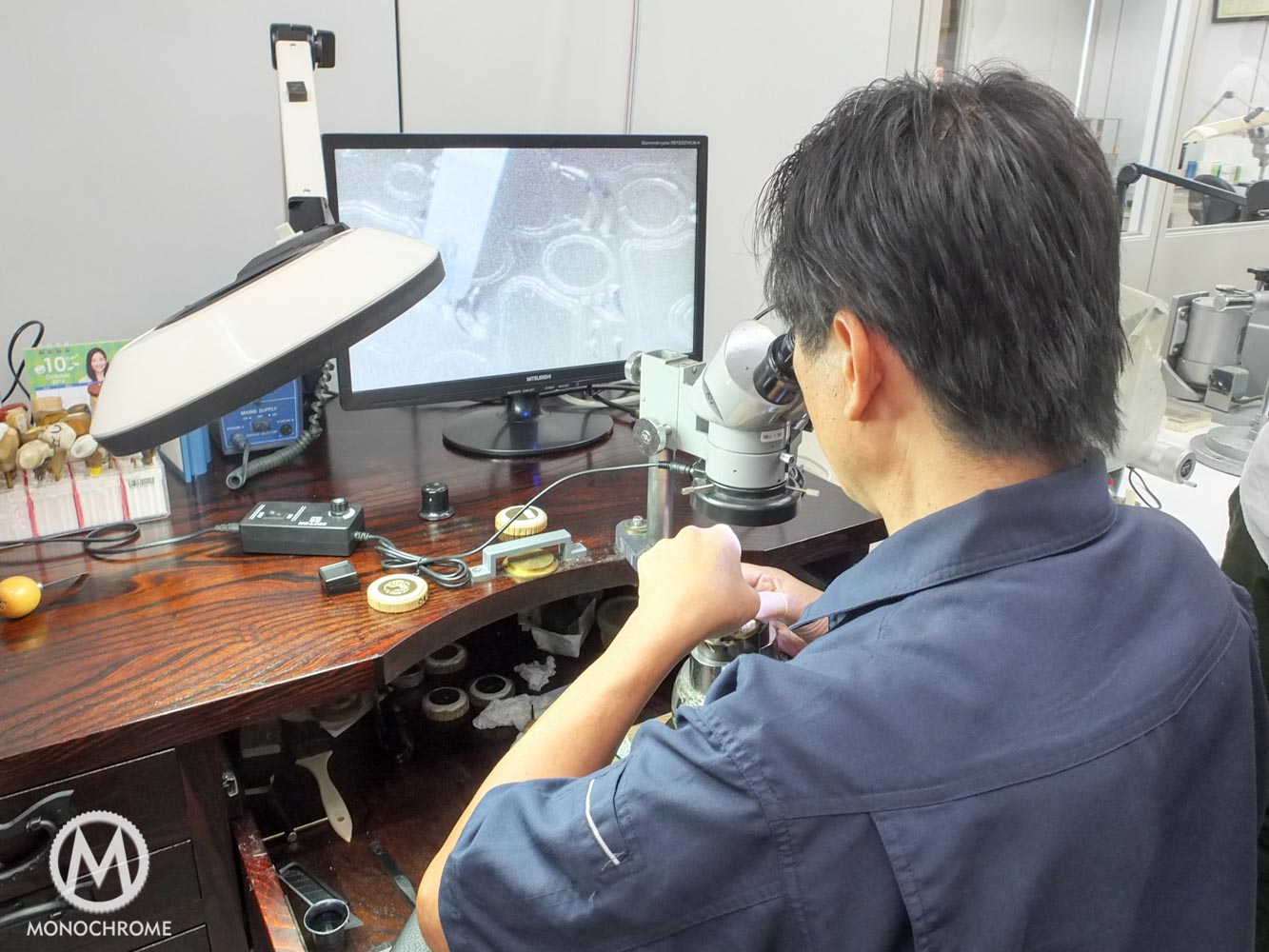
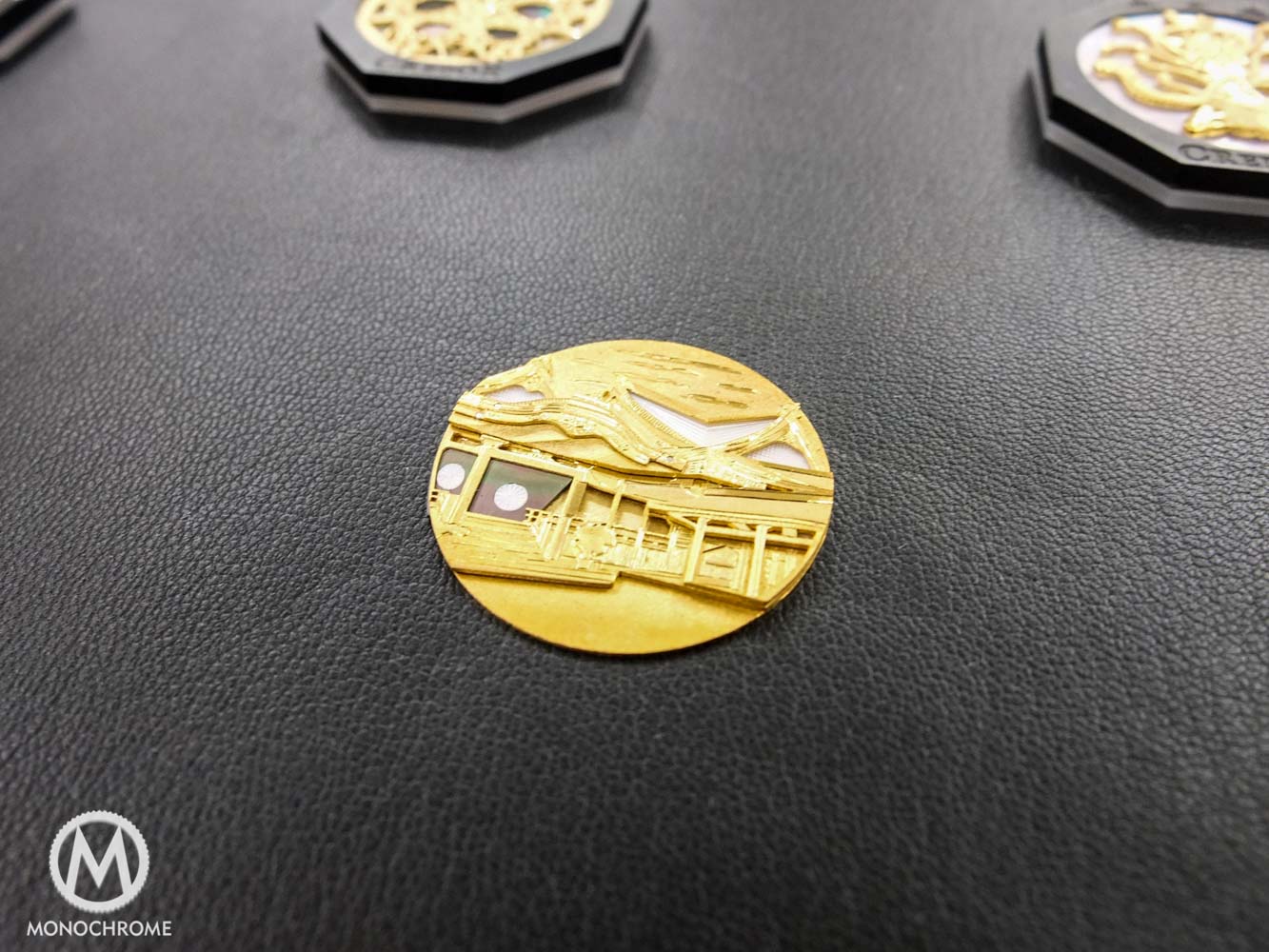
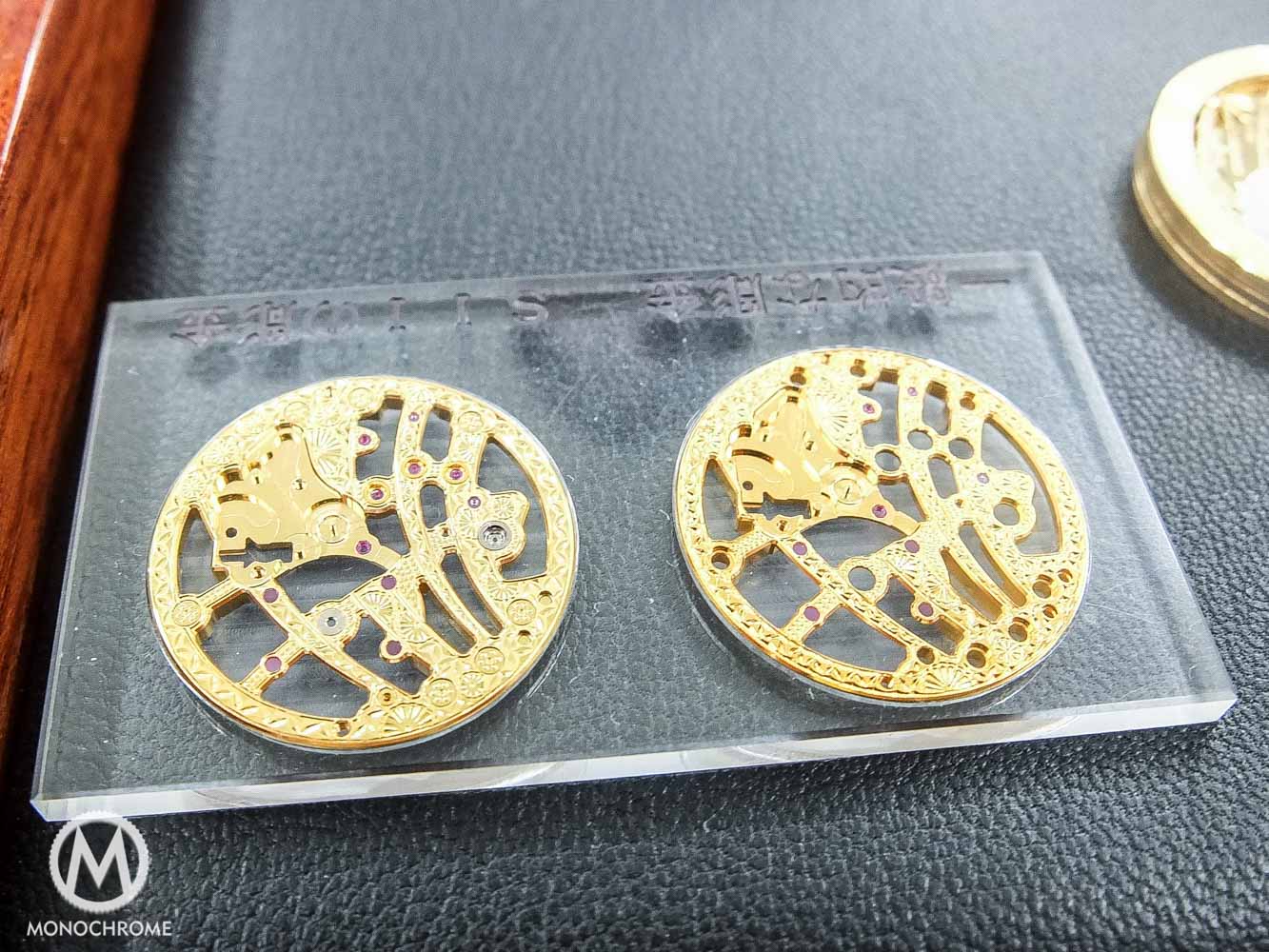
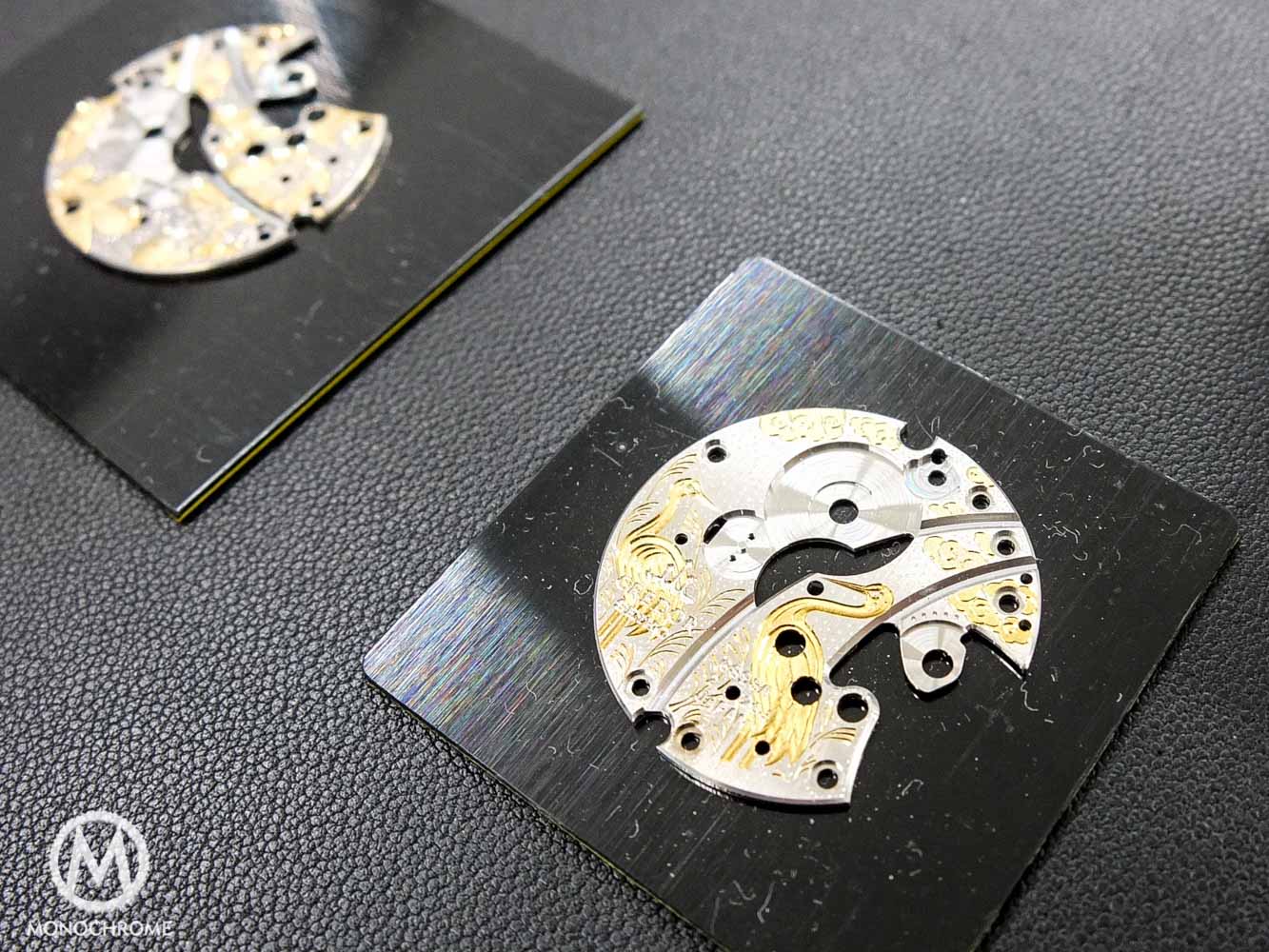
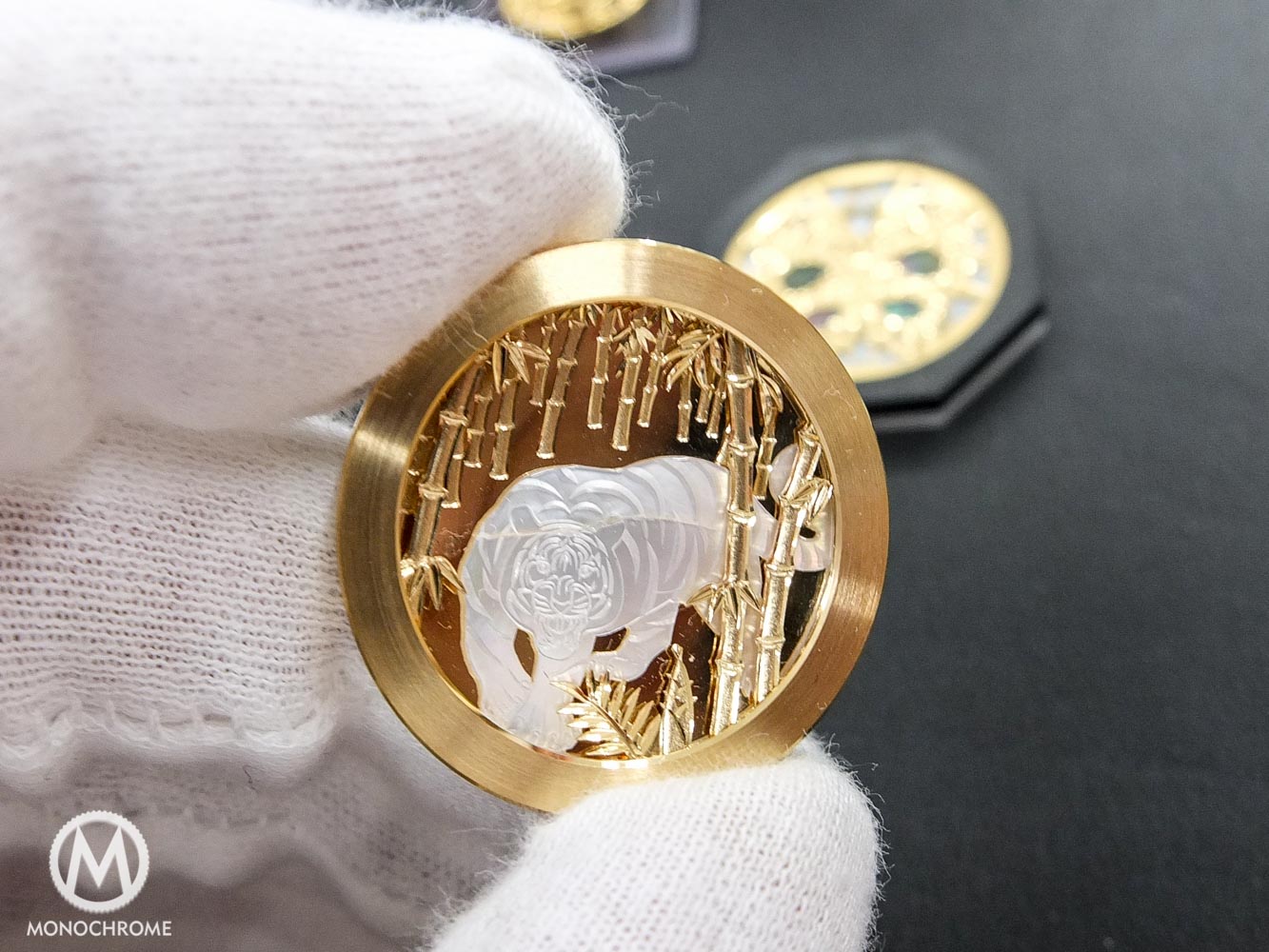
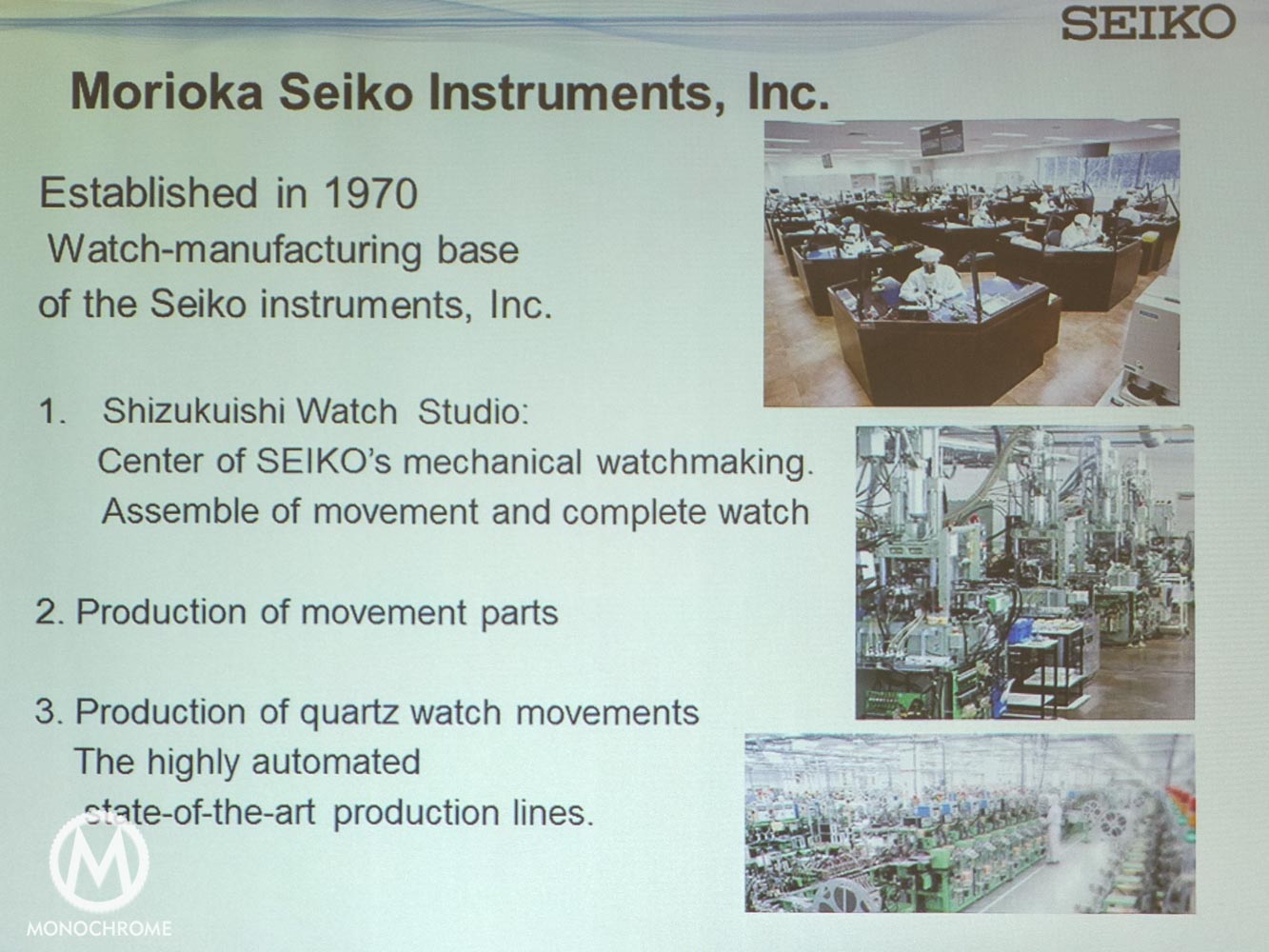
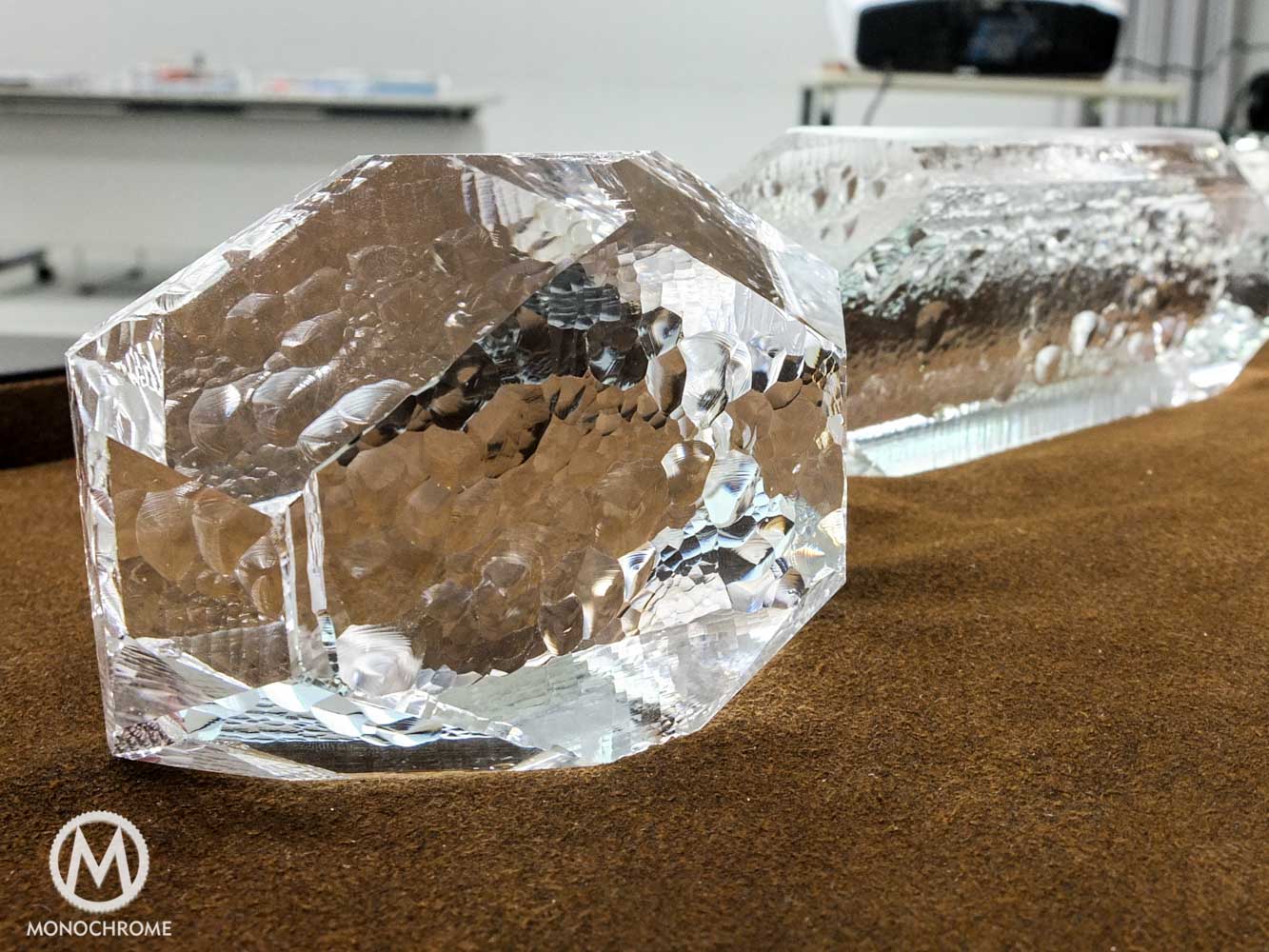

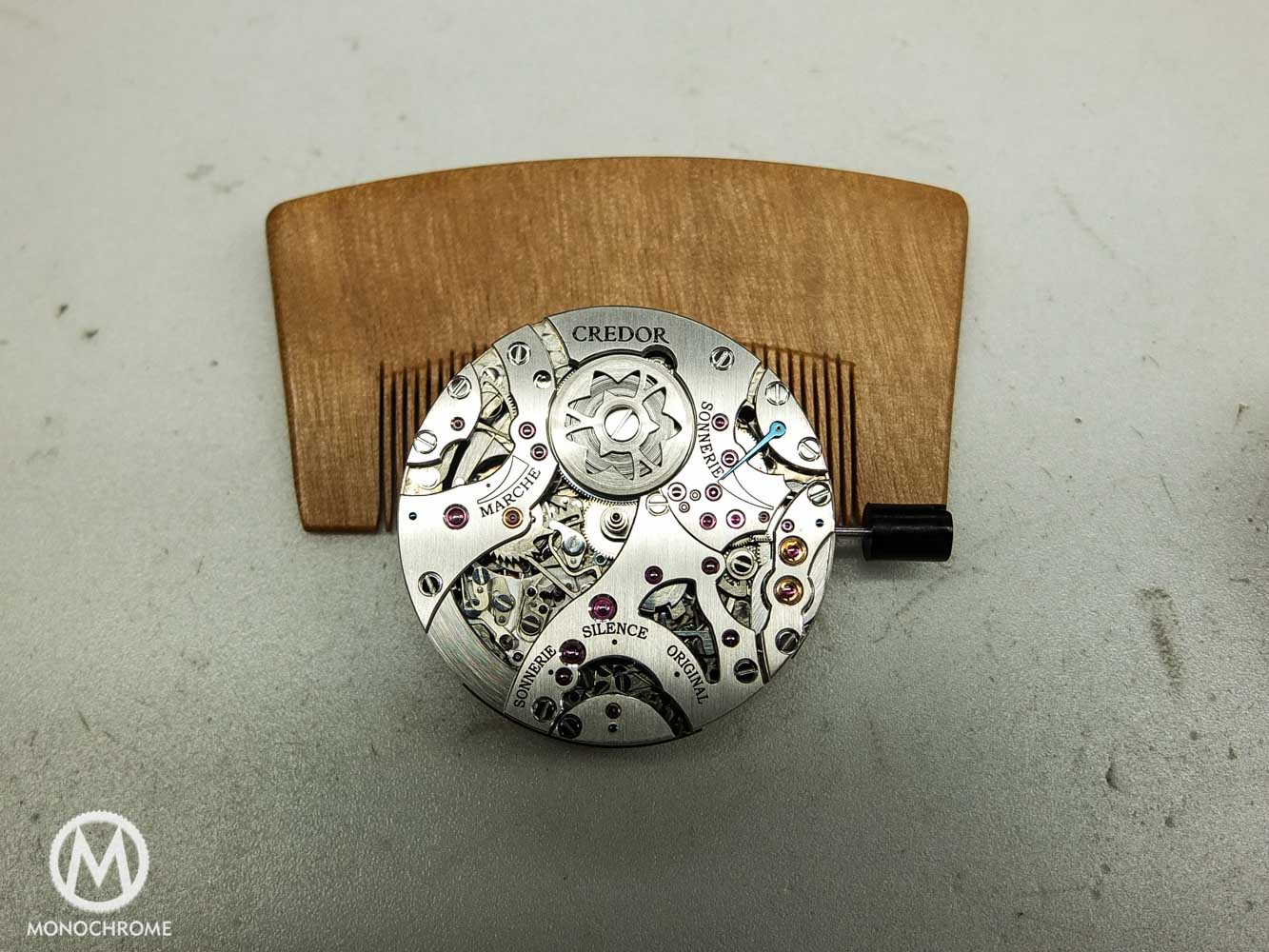
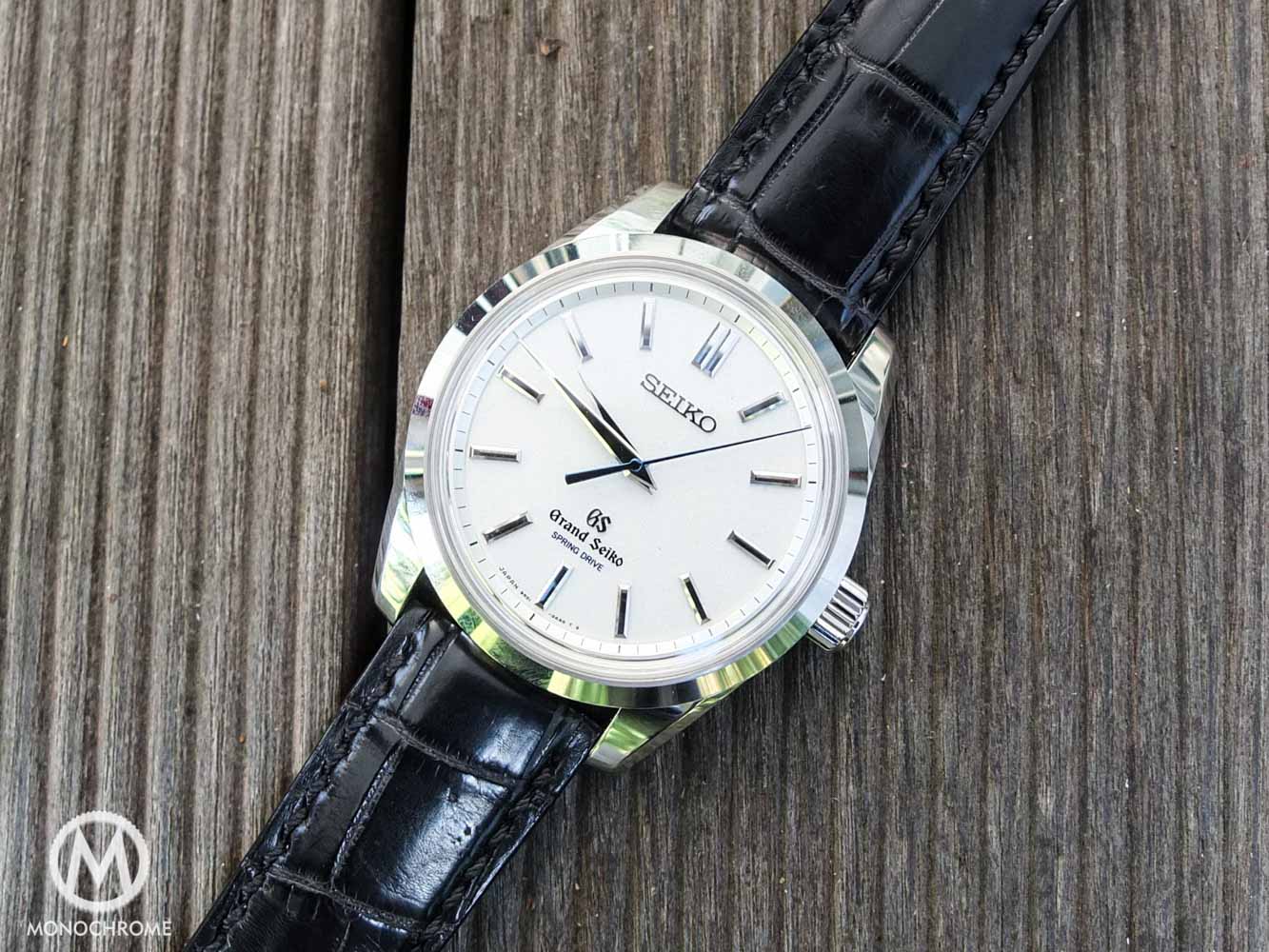

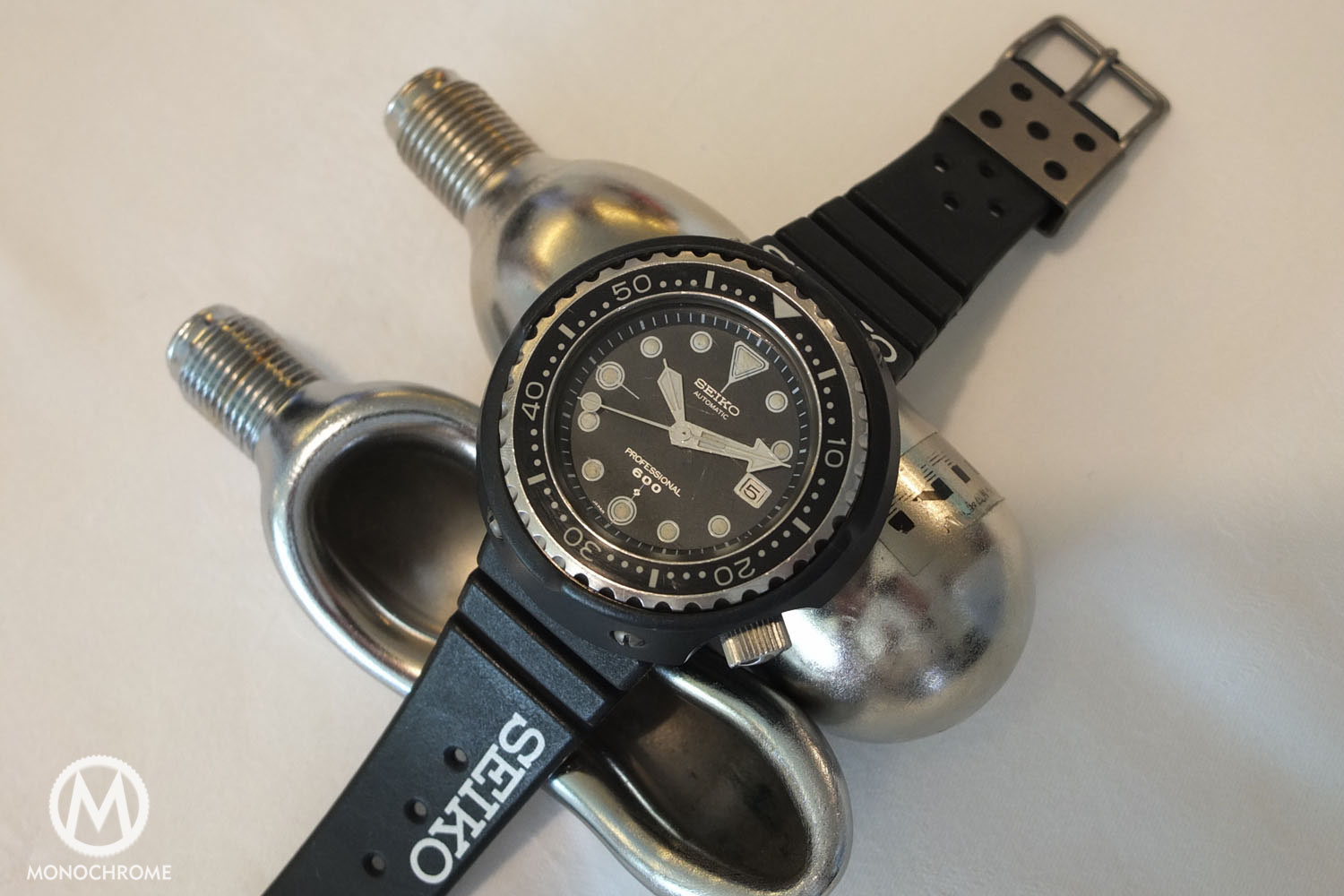
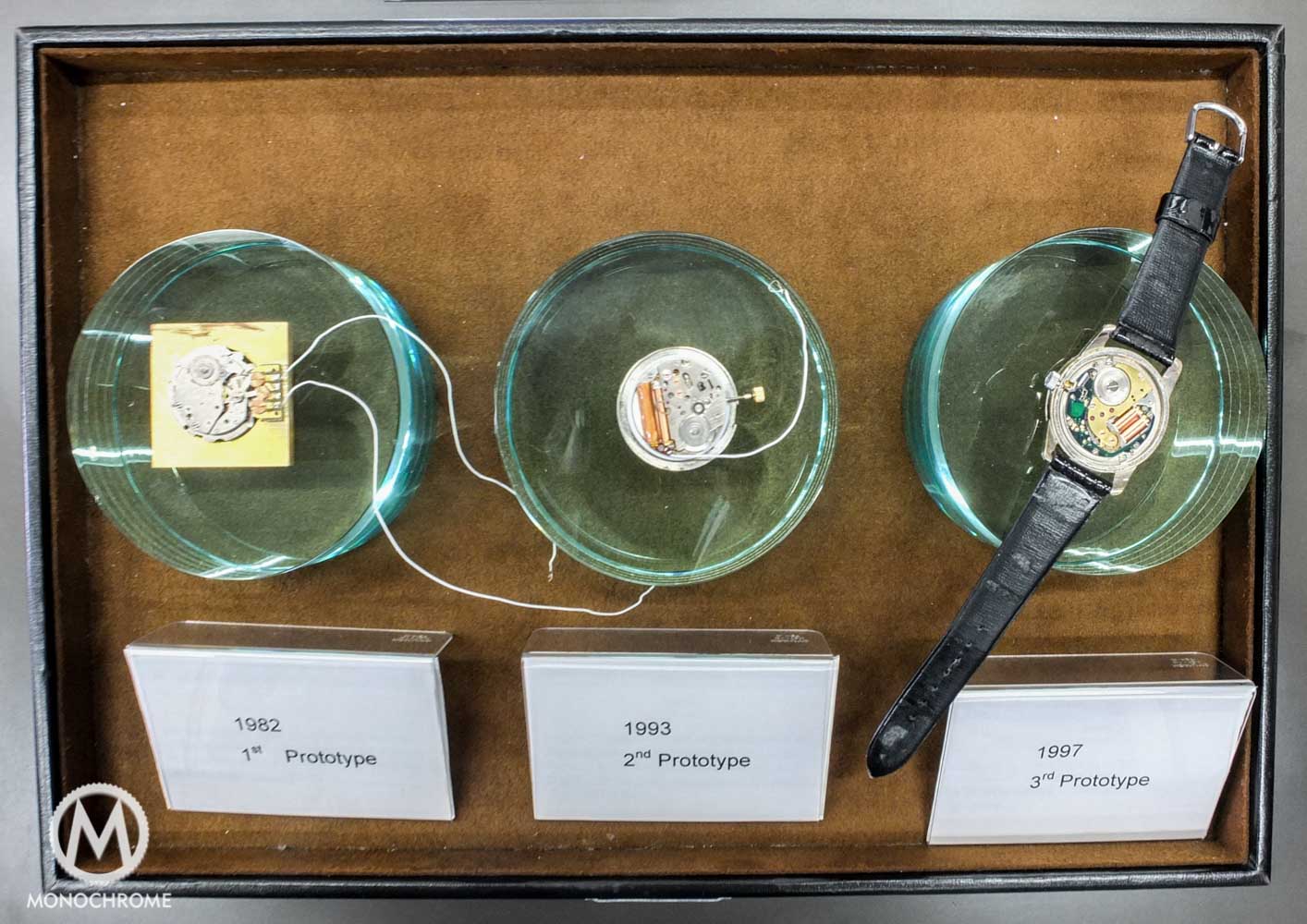
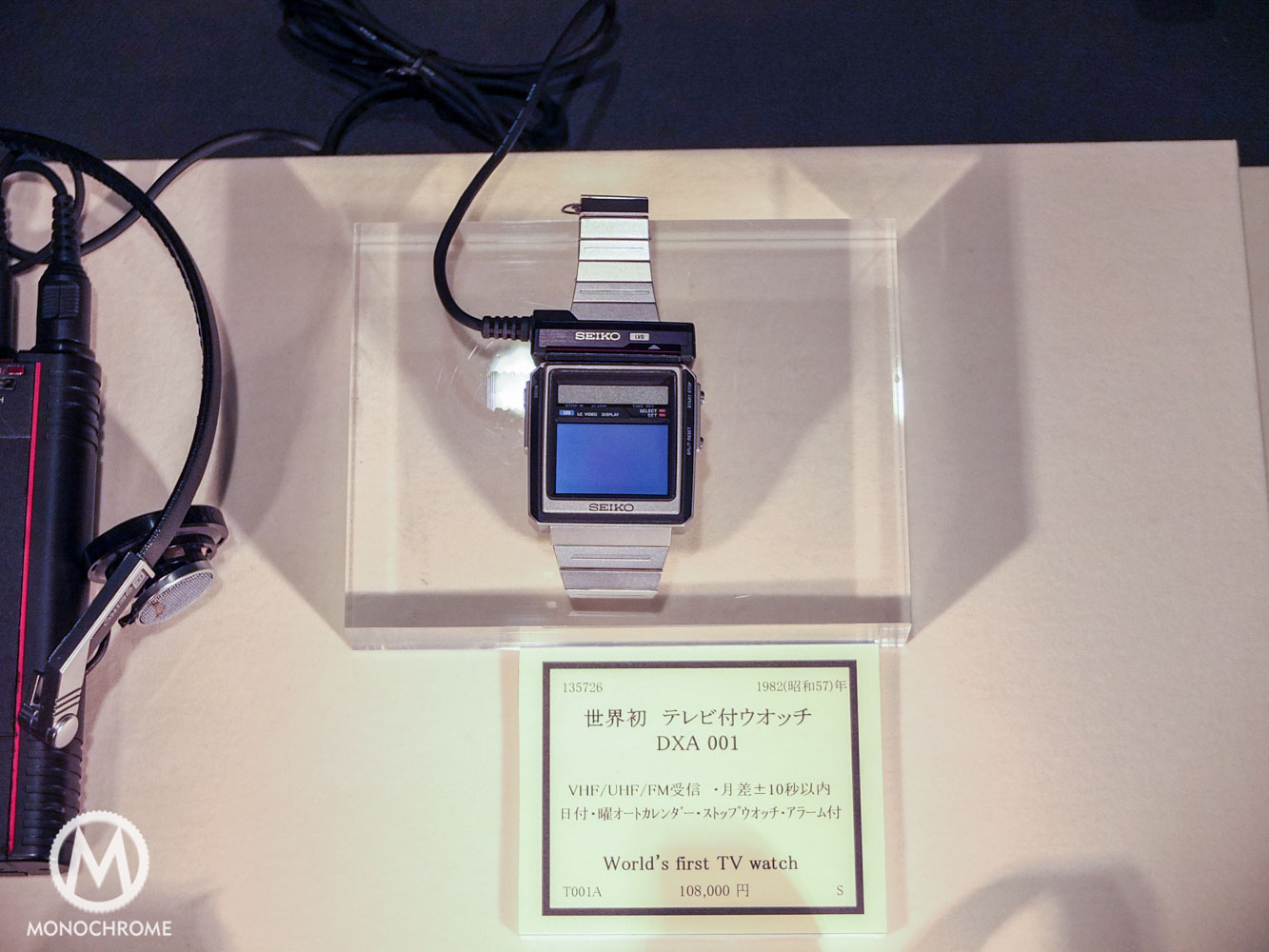



3 responses
Hi Frank,
thanks a lot for your article, looking forward to read more about your Seiko trip.
I’ve always been an admirer of Japan culture, and I think that Seiko is the incarnation of modern Japan under many points of view.
Concerning the watches themselves, I’m afraid that japanese pieces will still be in a niche for a very long time unless Seiko’s marketing and media policies will heavily change to educate people and allow a proper understanding of the brand.
However not a real problem for me, it is a pleasant feeling to look at my “niche” collection 🙂 knowing the true heritage behind it.
By the way, there are other brands worth to mention (Orient and Citizen are just two).
Regards,
slide68
Excellent article! I hope you write more about your visits to the Seiko manufacturing facilities. It is a truly innovative company that have achieved everything they set out to do. The only reason why their watches retail for 3 figures and not 5 is because of their challenge in marketing to Western customers.
The engineer who led the crash program to introduce the Astron in 1969 later became the chairman of Seiko. Only people who value long term innovation over short term profits would have given the green light to the 20 year development of spring drive. My watch collecting has come to focus on both Seiko and Grand Seiko in recognition of a Seiko’s corporate commitment to excellence in design and execution. I understand that some people still scoff at Seiko but this is based more on ignorance than on an understanding of the lengths to which Seiko has gone to upgrade the entirety of its watch production. Ken Okoyama, the former head of Pinnafarina and the lead designer of the Enzo Ferrari, was Seiko’s outside design consultant for the newest watch introductions.